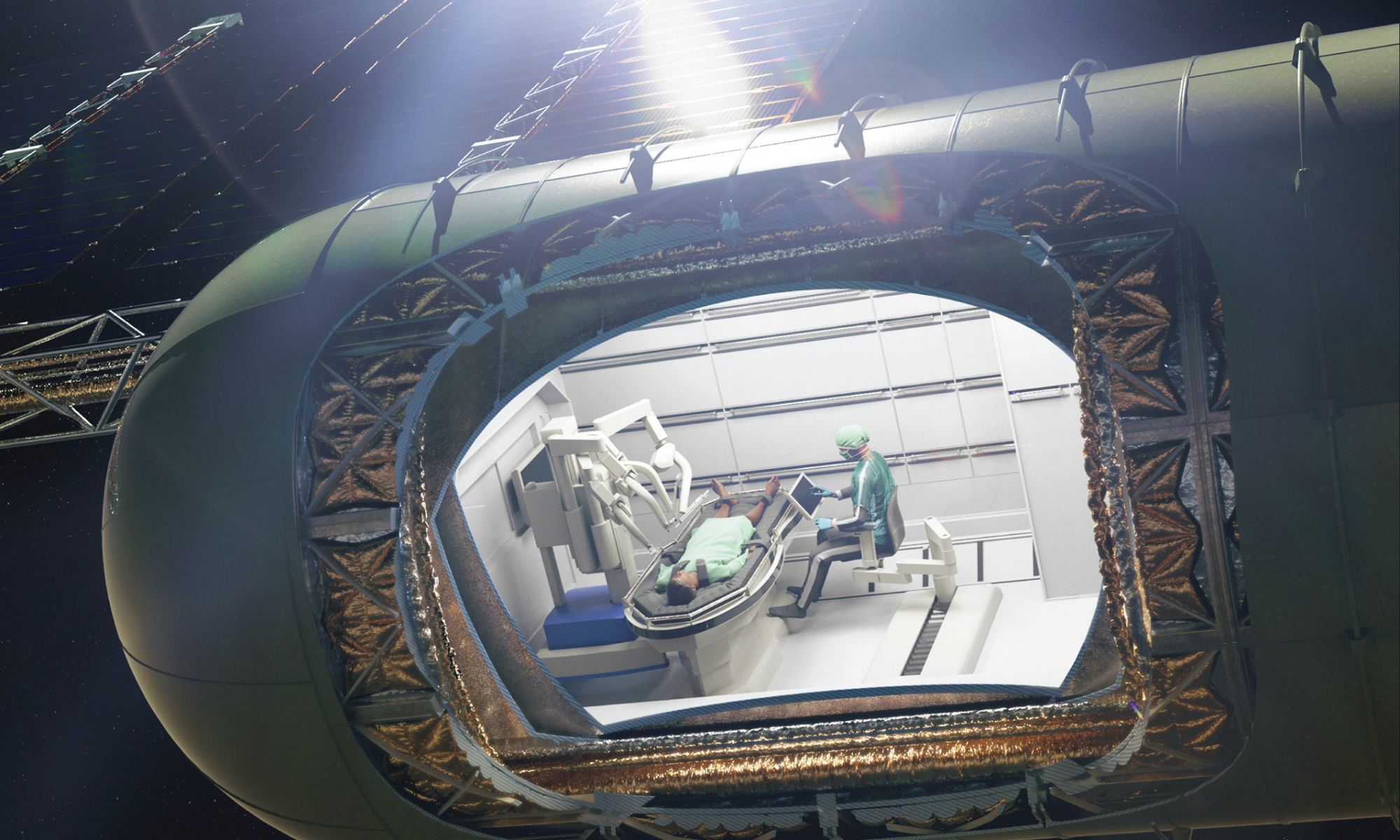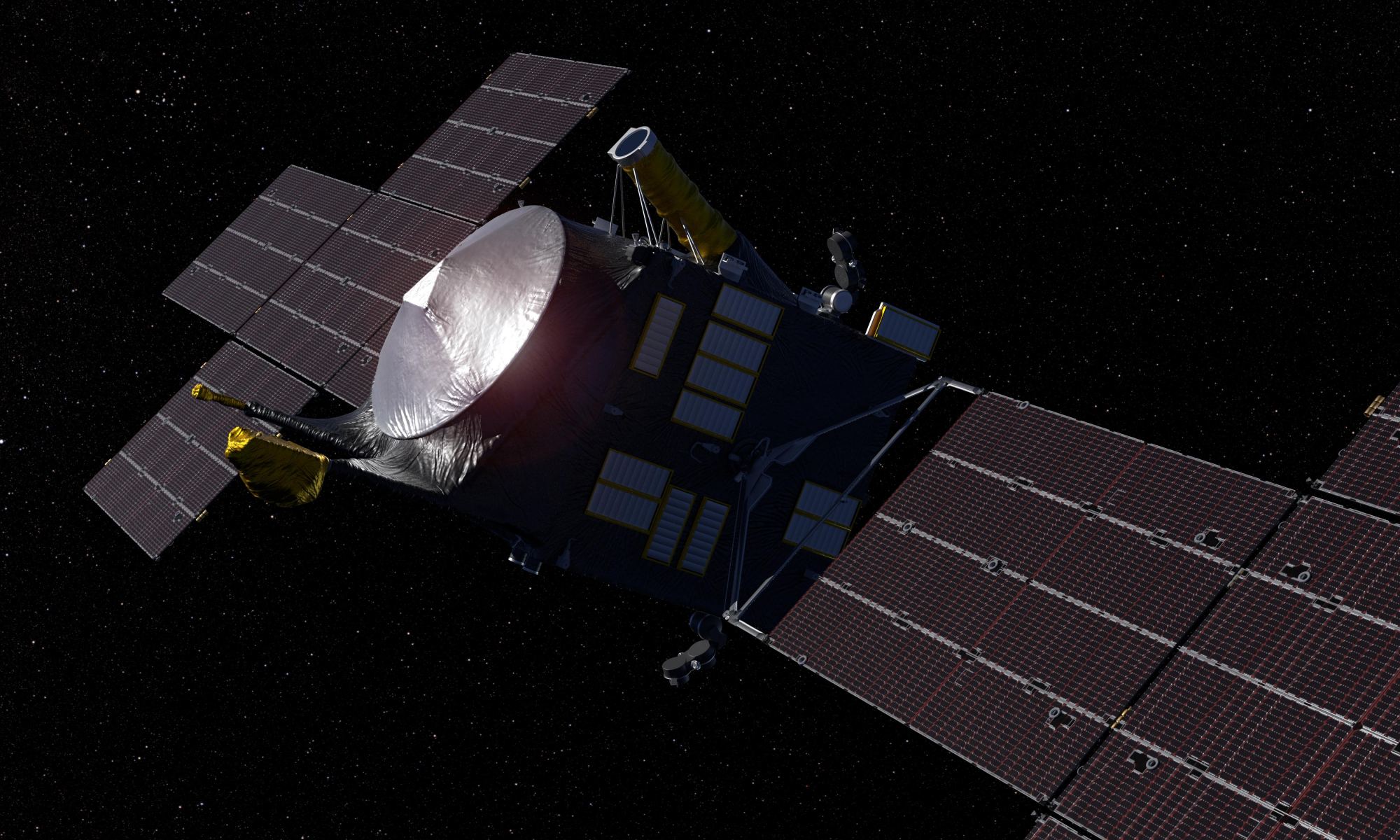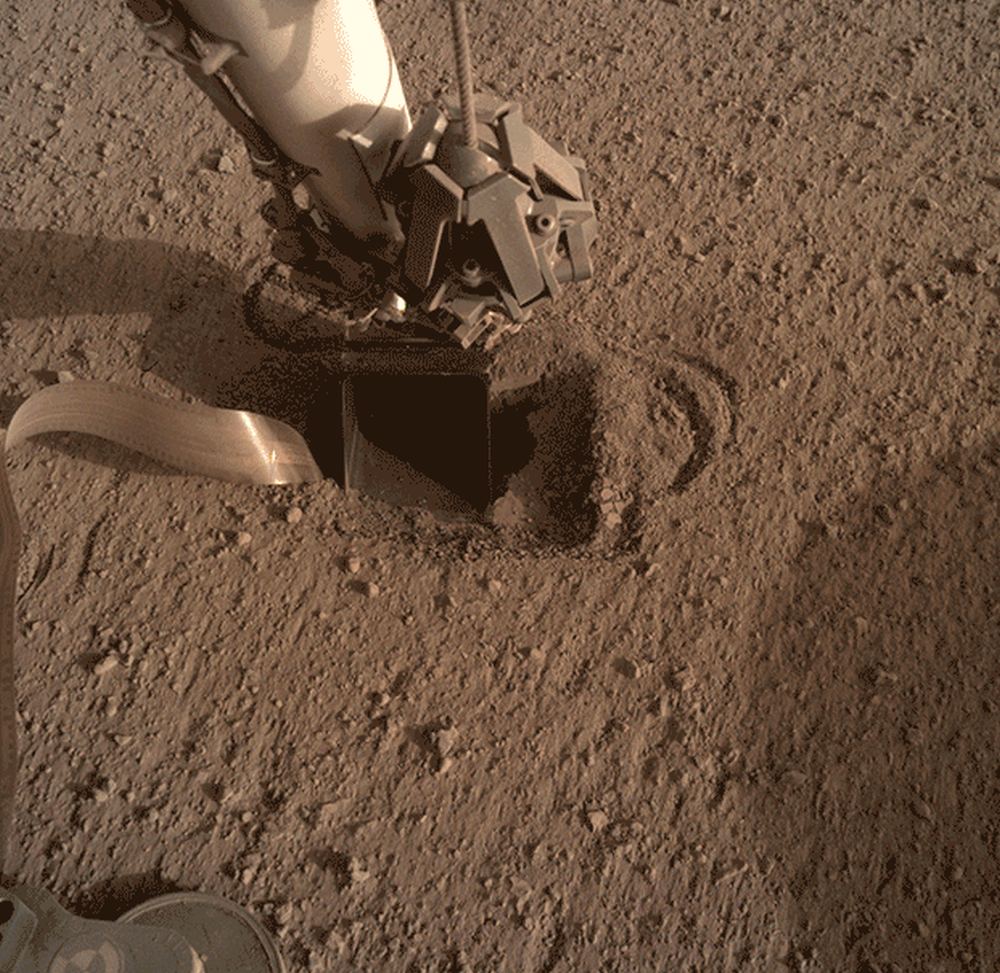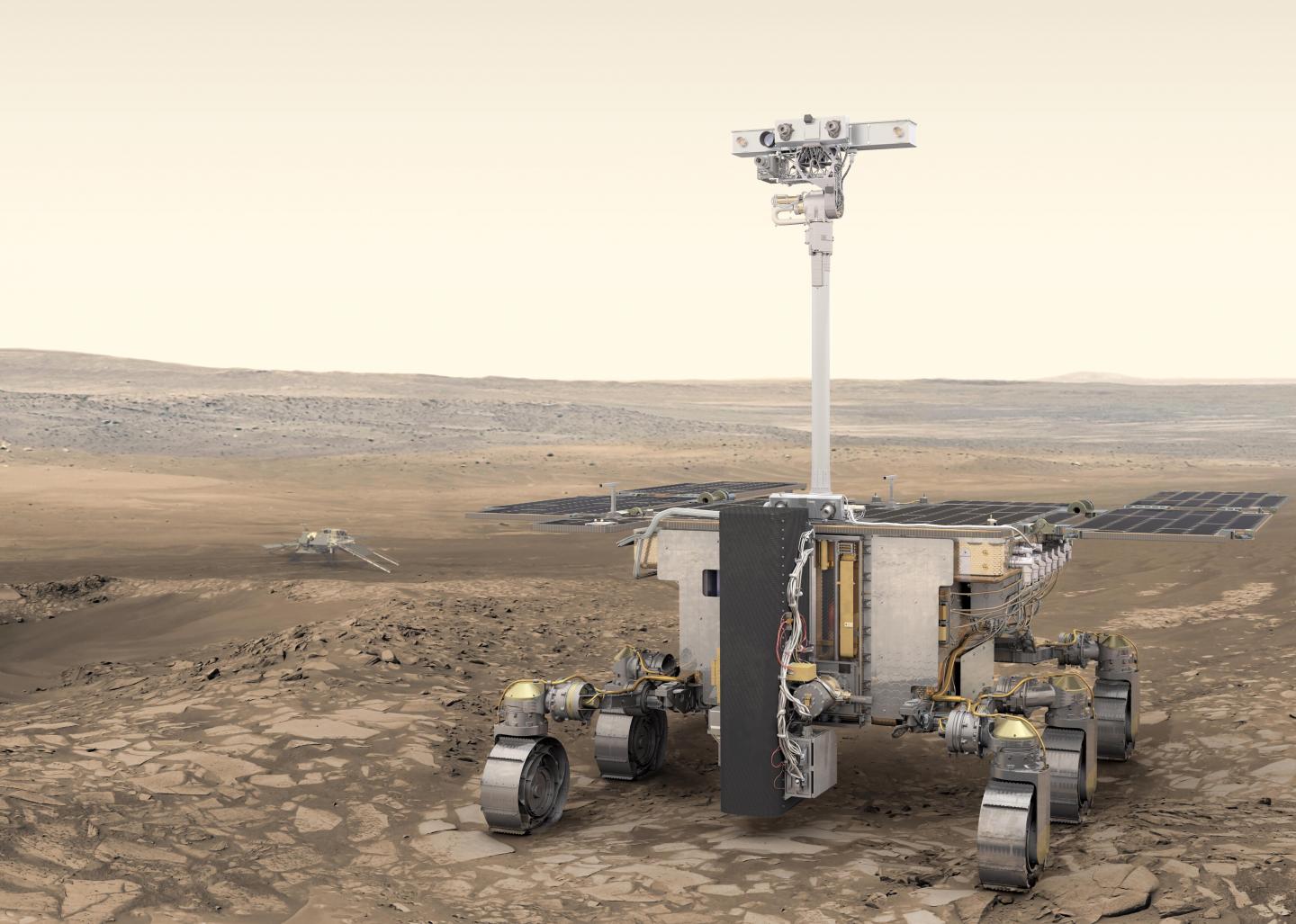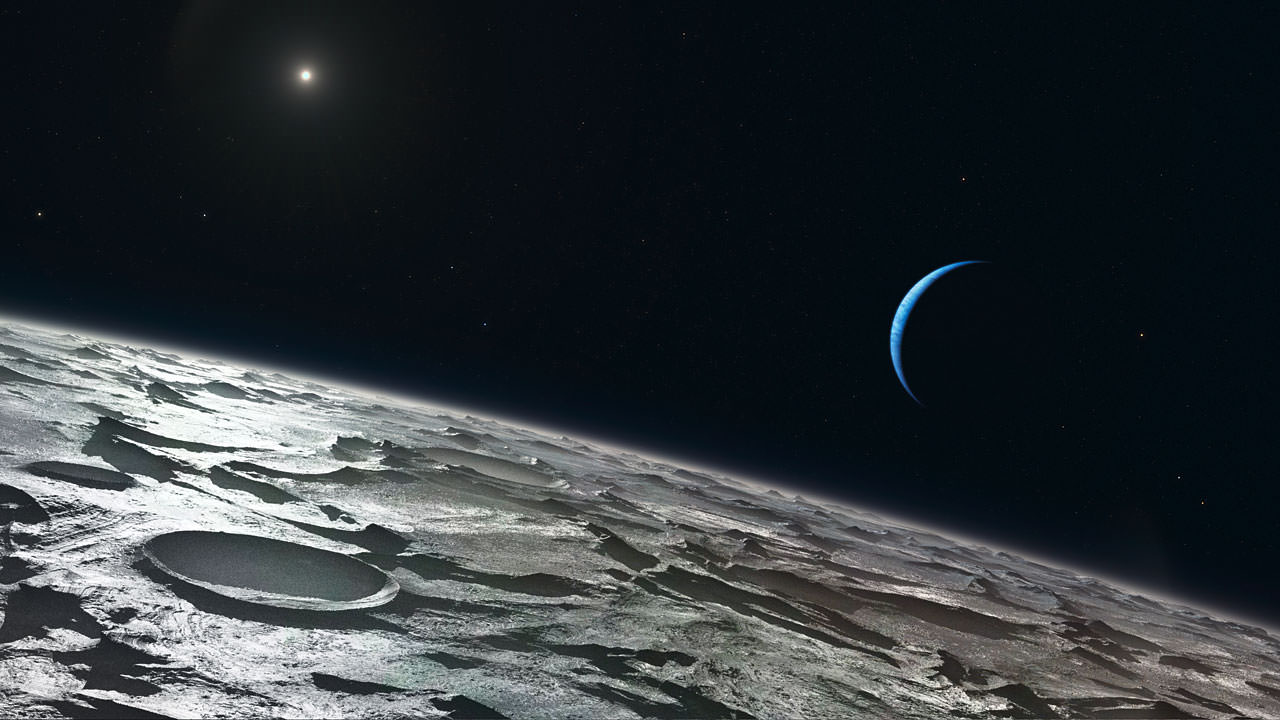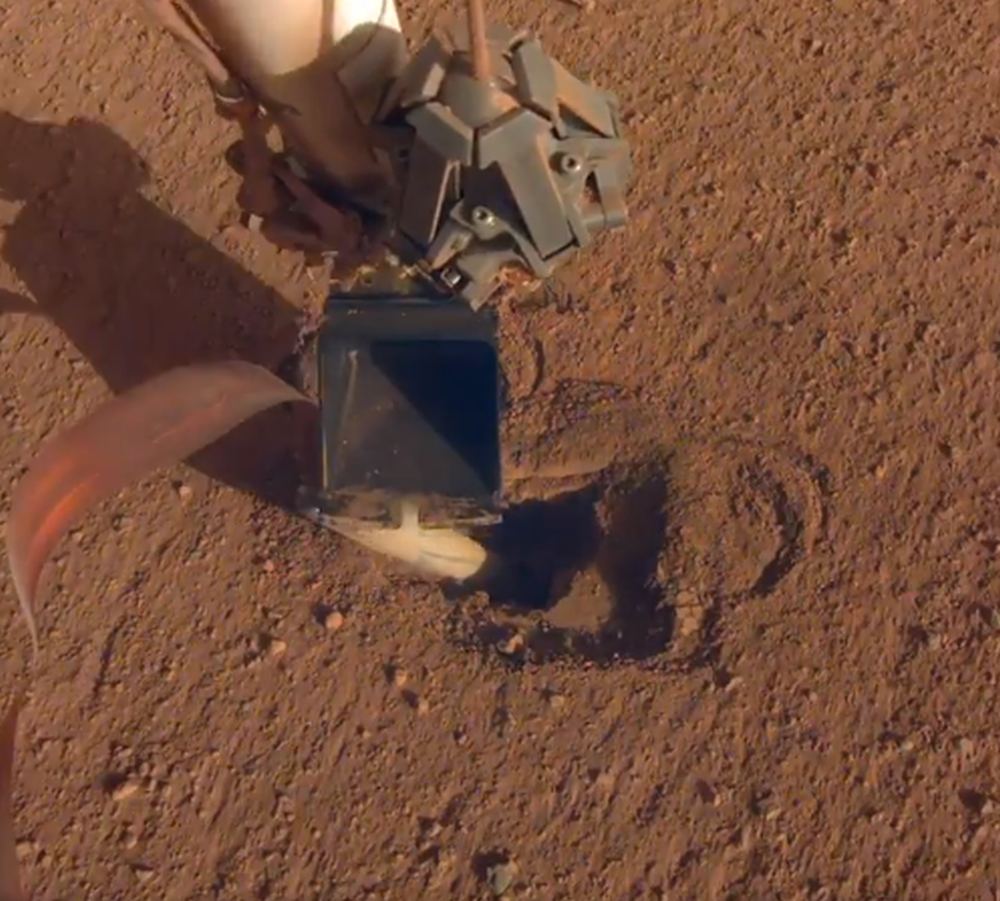In August of 2022, NASA will send a robotic spacecraft to the Main Asteroid Belt to explore a truly unique object: a metal asteroid. This object is known as 16 Psyche, is one of the largest asteroids in the Belt, and is composed almost entirely of iron and nickel. The most widely-accepted theory is that it used to be the core of a protoplanet in the Belt that experienced a massive collision that sent its rocky crust and mantle into space.
The spacecraft, also named Psyche, was submitted as part of a call for proposals for NASA’s Discovery Program in 2015 and was selected as the 14th Discovery mission by 2017. Most recently, the spacecraft passed a crucial milestone by moving from the planning and designing phase to the manufacturing phase, where all of the hardware that will allow it to make the journey is being assembled.
Continue reading “That’s So Metal. NASA’s Psyche Mission is Now Under Construction”

